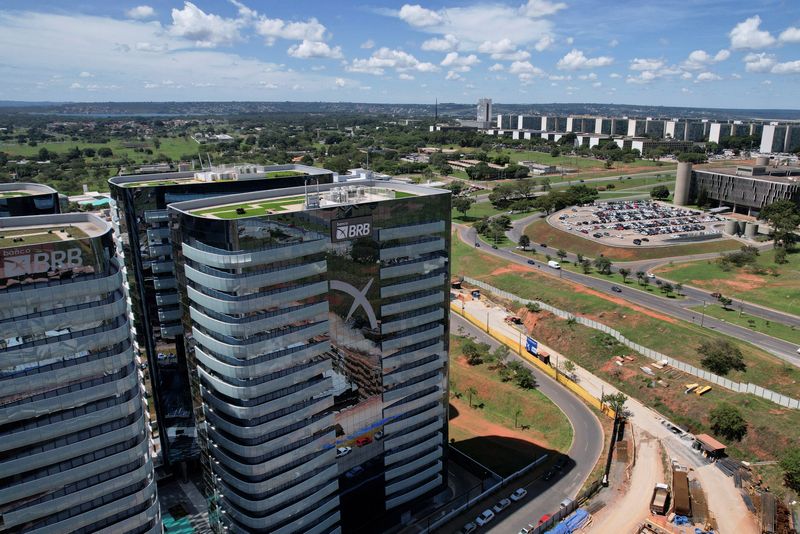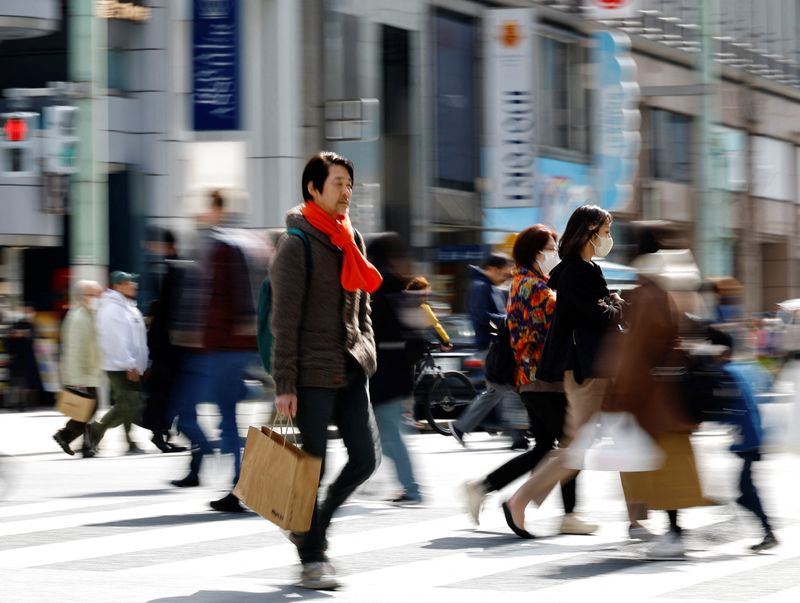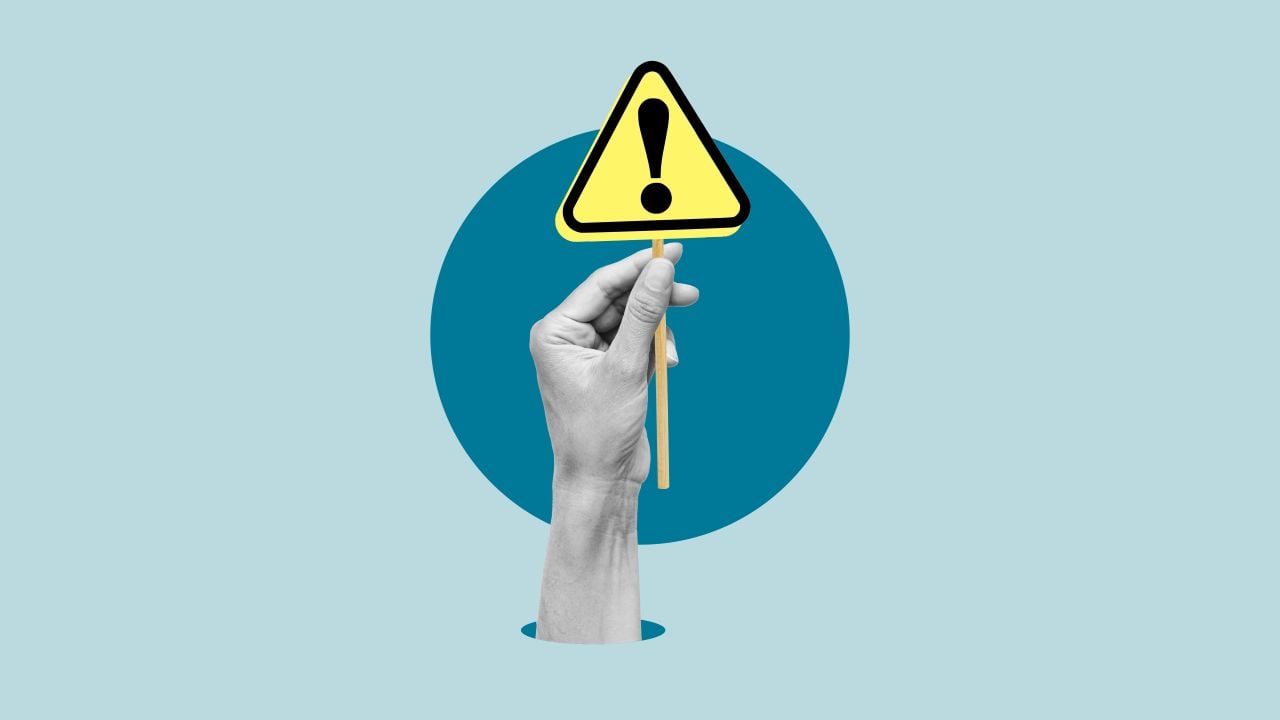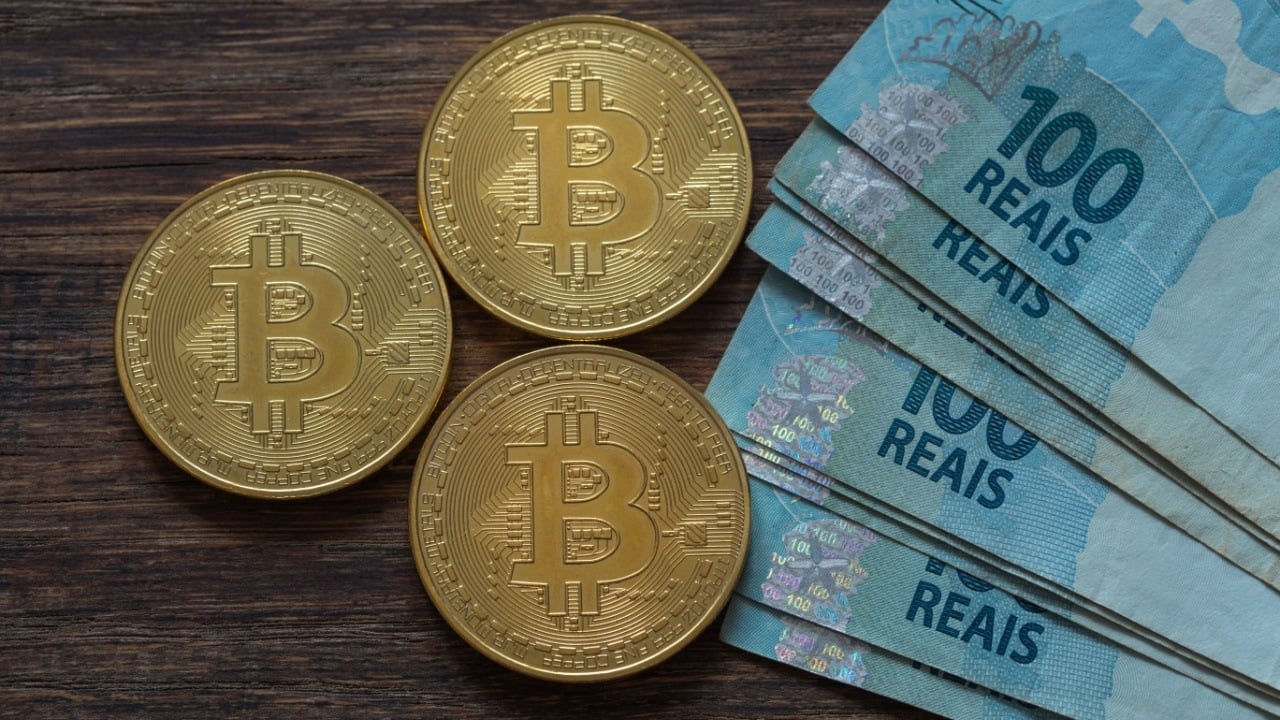Why Japan's Economy Is Awful: A Cautionary Tale of the Land of the Falling Sun
In 1989, Japan stood atop the global economic ladder. The Nikkei 225 hit a historic high of 38,916 points, and eight of the world’s ten...


In 1989, Japan stood atop the global economic ladder. The Nikkei 225 hit a historic high of 38,916 points, and eight of the world’s ten largest companies by market cap were Japanese. At the time, Japan's GDP per capita was 10% higher than America’s. Its corporations were global behemoths, its luxury stores bustling, and even the Rockefeller Center in New York was owned by a Japanese firm. Blade Runner-style visions of a future dominated by Japan didn’t seem so far-fetched.
Yet fast forward to 2025, and the picture couldn’t be more different. As of 2025, Japan has slipped to the fifth position in the global economy rankings, with a nominal GDP of approximately $4.18 trillion. This shift comes as India has overtaken Japan to become the world's fourth-largest economy, reaching a GDP milestone of $4.19 trillion. The market value of Japanese stocks remains nearly where it was 40 years ago. Wages have flatlined. And Japan’s demographic time bomb continues to tick. So, what happened?
The Bubble That Popped
At the heart of Japan’s economic downfall was a speculative bubble inflated by easy credit and tax incentives. In the wake of the Plaza Accord of 1985, the Japanese yen appreciated rapidly against the US dollar, hurting exports. To soften the blow, Japan cut interest rates to historic lows (as low as 2.5%) and loosened credit markets.
This prompted a wave of speculation, particularly in land. Real estate was seen as a can’t-miss investment. Land prices surged. At one point, the land under the Imperial Palace in Tokyo was estimated to be worth more than the entire state of California. But the bubble burst in 1990. The Nikkei lost nearly $2 trillion in value, and real estate prices collapsed by $3 trillion.
Japan's central bank was slow to respond. When it finally hiked interest rates to rein in the asset bubble, it sent the economy into free fall. A liquidity crisis followed. Banks were saddled with bad loans and refused to lend. A period known as the "Lost Decade" ensued. In truth, it has stretched for more than three decades.
The Banking Crisis: Zombie Apocalypse
Instead of letting insolvent banks and companies fail, the government allowed them to limp along. These so-called "zombie banks" continued lending to failing businesses, avoiding much-needed market restructuring. Non-performing loans ballooned to over 10% of GDP. Though the government eventually injected public funds in 1999, the delay was fatal. By 2002, bad loans still exceeded $400 billion.
This stagnation in the financial sector rippled through the broader economy, leading to inefficient capital allocation, suppressed innovation, and low productivity growth.
Fiscal Missteps: Too Little, Too Late
From 1992 to 1997, Japan's government attempted to stimulate the economy with fiscal spending amounting to 4.5% of GDP. However, much of this was offset by simultaneous tax hikes and budget cuts. Public works spending was focused on rural areas with little economic payoff, while urban hubs were neglected.
In 1997, just as green shoots of recovery emerged, the government raised the consumption tax from 3% to 5%, sending the economy back into recession. Consumer spending plunged, and confidence collapsed.
Monetary Policy: Trapped at Zero
By the mid-1990s, the Bank of Japan had slashed interest rates to zero, falling into a classic liquidity trap. Despite adopting quantitative easing in 2001, the economy remained mired in deflation for years. Prices fell, wages stagnated, and growth sputtered.
Japan was among the first major economies to experiment with ultra-loose monetary policy, but its experience shows the limits of central banking when deeper structural issues remain unaddressed.
Crony Capitalism and Corporate Inertia
Much of Japan’s economic malaise stems from its rigid corporate culture. The "iron triangle" between big business, banks, and bureaucrats enabled crony capitalism to flourish. Companies that should have failed were propped up with cheap loans. Corporate giants refused to innovate or restructure, and productivity growth languished at just 1.2% annually, compared to 2-3% in the US and Europe.
To this day, Japan's work culture remains notoriously hierarchical and conservative. Promotions are based on seniority rather than performance, and long hours are valued more than output. This stifles creativity and deters younger generations from pursuing corporate careers.
Demographics and Immigration: A Shrinking Workforce
Japan has one of the oldest populations in the world. In 2025, more than 28% of its citizens are over 65, and its working-age population has declined by over 10% since 1995. Meanwhile, Japan has resisted large-scale immigration, citing cultural and political concerns.
While some steps have been taken to attract foreign workers, the government plans to admit 820,000 over five years, these measures are insufficient to reverse demographic decline. Combined with rigid labor laws, this has created a workforce bottleneck.
Wages: Illusion of Progress
In 2024, Japanese wages rose 5.1%, the highest jump in over three decades. But the gains are largely nominal. Real wages remain lower than they were during the economic miracle. Paired with a weakening yen, the increase offers little comfort to average households.
Lessons from a Fallen Giant
Japan’s economic history is a masterclass in what not to do. It is a cautionary tale for developed nations navigating financial crises, aging populations, and cultural inertia. From misguided monetary policy to ineffective fiscal stimulus, and from crony capitalism to demographic stagnation, Japan’s decline has been slow but relentless.
The key takeaway? No economy, no matter how strong, is immune to structural rot. Innovation must be nurtured. Failure must be allowed. Demographics must be addressed. And policy must be proactive, not reactive.
As other nations like Canada, Australia, and even the U.S. confront similar risks, sky-high real estate prices, aging workforces, and weak productivity, they would do well to remember the story of Japan because the sun doesn't rise twice for those who ignore its first setting.
























































































































































































